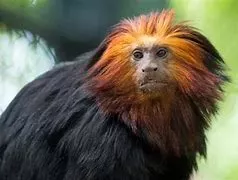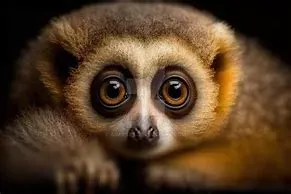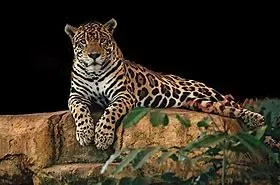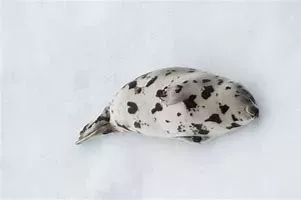Results: Some of the Most Colorful Mammals in the World
Published on 05/17/2025
When you picture brightly colored animals, you probably imagine vivid birds and reptiles. Comparatively, mammals don’t have quite the array of colors. But that doesn’t mean you can’t find a few radiant mammals out there. In fact, mammals are a lot brighter than you might think! www.color-meanings.com is the source for this survey series.

QUESTIONS
GO to COMMENTS
Comments
1.
1.
The mandrill is the largest living monkey in the world. Thanks to extreme sexual dimorphism, females and males are drastically different in size. These apes live in very large groups known as "hordes." Interestingly enough, the dominant males are the most colorful. If a male mandrill loses his status as an alpha, his colors will become much duller. Before today's poll, were you aware of mandrills?

Yes
42%
884 votes
No
42%
873 votes
Undecided
16%
343 votes
2.
2.
Golden-headed lion tamarins are not to be confused with the golden lion tamarin. This small monkey has a very narrow range; it's only found in forest areas in the Brazilian state of Bahia. Unfortunately, it is classified as an endangered species, mostly due to habitat destruction. The Brazilian government has created a special biological reserve in an effort to conserve the population. Are you pleased when countries create reserves for endangered species to survive in their wild, native habitats?

Yes
66%
1394 votes
No
17%
354 votes
Undecided
17%
352 votes
3.
3.
Within the native range of the slow loris in Southeast Asia, many people believe that this small primate has supernatural abilities. In some cases, they believe the slow loris can heal wounds or ward off evil spirits. Slow lorises may look like cute pets, but as they are nocturnal and have very specialized diets, they don't tend to do very well in captivity. Would you like to see a slow loris in their natural habitat?

Yes
49%
1022 votes
No
26%
551 votes
Undecided
25%
527 votes
4.
4.
South American (SA) jaguars have pale tan to yellow coats marked with black spots and stunning dark rosettes. Sometimes you may see a melanistic jaguar. These cats are all black, and they are commonly called black panthers. Before this survey, were you aware that black panthers and SA jaguars were in the same family of big cats?

Yes
45%
950 votes
No
36%
764 votes
Undecided
18%
386 votes
5.
5.
The harp seal population is usually fairly large, although it has fluctuated from as much as nine million to as few as one million. Much of that is due to seal hunting. Inuit peoples hunt the seals primarily for food. Non-Inuit people from Norway, Canada, Greenland, and Russia typically hunt the seals for commercial purposes. Now there are government-established quotas to ensure that harp seals are not overhunted. Did you know that these beautiful seals are named for the dark, harp-shaped markings on their silvery grey coats?

Yes
17%
361 votes
No
67%
1399 votes
Undecided
16%
340 votes
COMMENTS


